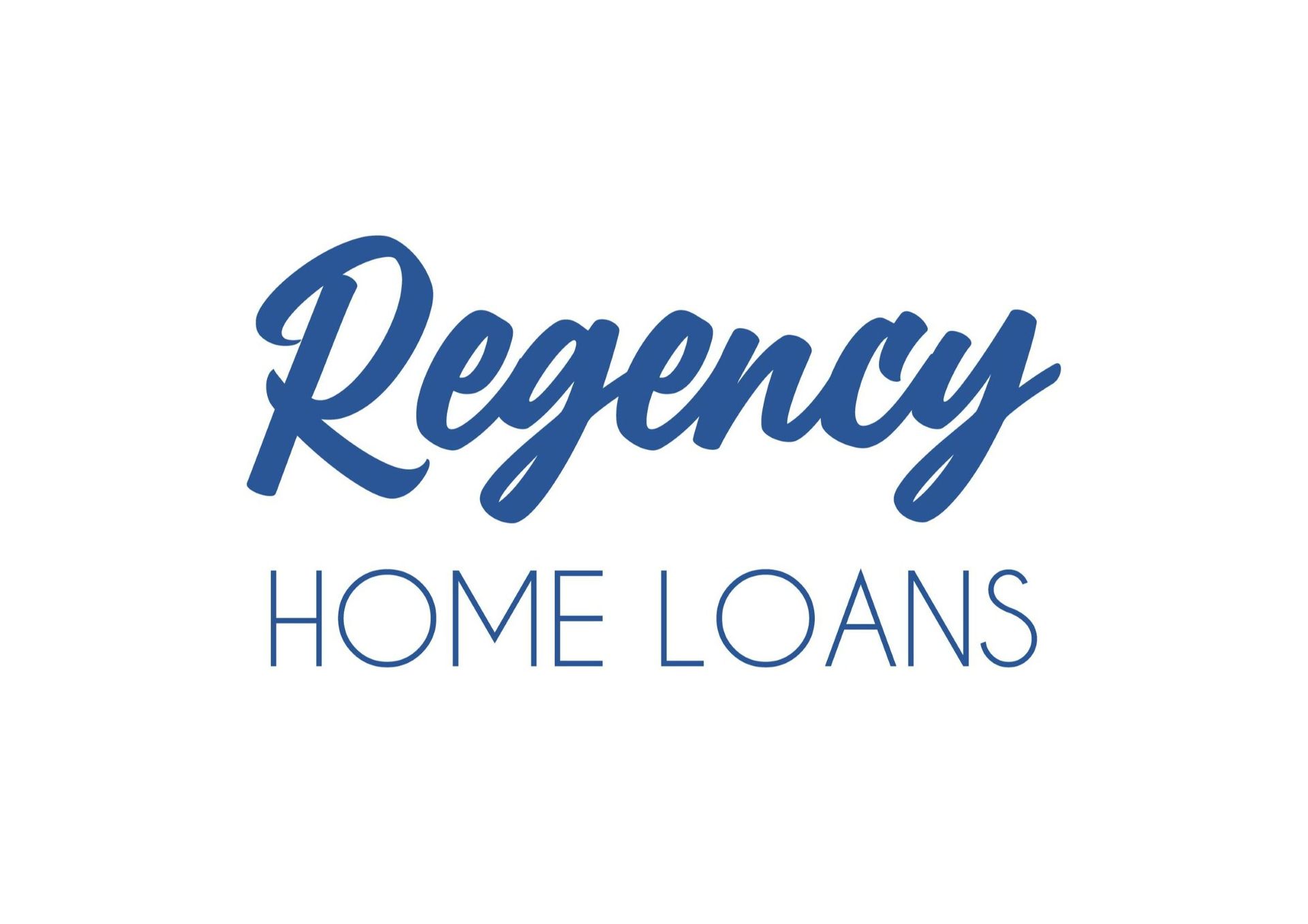How Does the Buyer Apply for PMI?
Typically the buyer covers the cost of PMI, but the lender is the PMI company's client and shops for insurance on behalf of the borrower. Lenders usually deal with only a few PMI companies because they know the guidelines for those insurers. This can be a problem when one of the lender's prime companies turns down a loan because the borrower doesn’t fit its risk parameters. A lender might follow suit and deny the loan application without consulting a second PMI company which could leave all parties in an undesirable position. The lender has the difficult task of being fair to the borrower while shopping for the most effective way to lessen liability.
How is Private Mortgage Insurance paid?
Borrowers can choose to pay the 1-years premium at closing, and then an annual renewal premium is collected monthly as part of the house payment.
Borrowers can choose to pay no premium at closing, but add on a slightly higher premium monthly to the principal, interest, tax, and insurance payment.
Borrowers who want to sidestep paying PMI at closing but don't want to increase their monthly house payment can finance a lump-sum PMI premium into their loan. Should the PMI be canceled before the loan term expires through refinancing, paying off the loan, or removal by the loan provider, the borrower may obtain the rebate of the premium.




